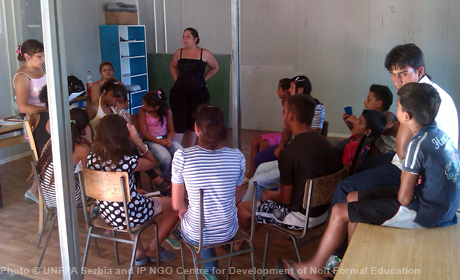Key humanitarian results 2020

People reached with awareness-raising activities and GBV-lifesaving information in-person

Dignity kits and/or other Non-Food Items distributed

Personnel trained on clinical management of rape

